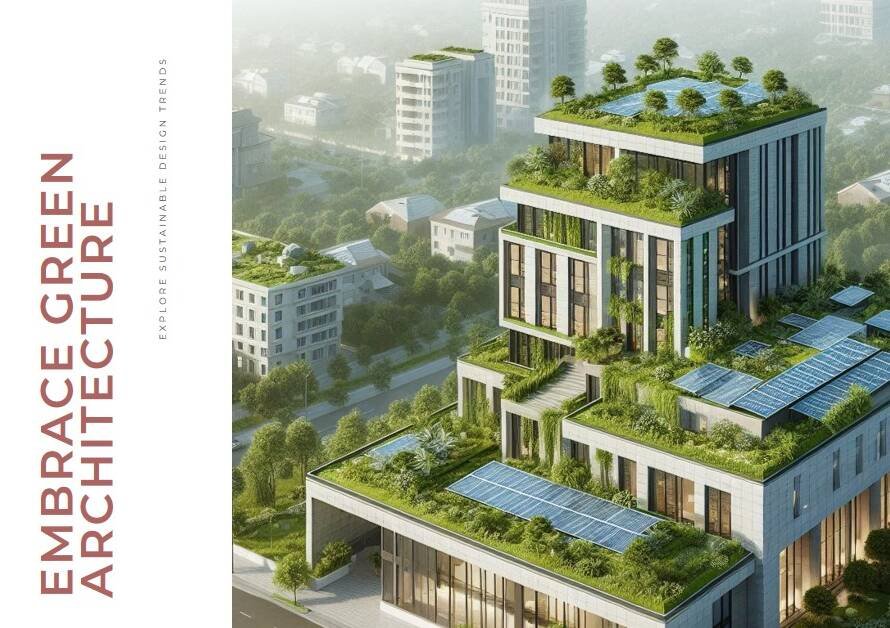
Table of Contents
n the realm of architectural visualization, a well-crafted 3D rendering brief is the cornerstone of successful project execution. It serves as the blueprint, guiding both the client and the rendering artist through the intricacies of the envisioned design. However, the process of drafting a spotless 3D rendering brief requires finesse, attention to detail, and clear communication. In this comprehensive guide, we delve into the essential elements and best practices for creating an impeccable 3D rendering brief that sets the stage for stunning visualizations.
Section 1: Understanding the Importance of a Clear Brief
Before delving into the intricacies of drafting a 3D rendering brief, it’s crucial to understand why it holds such paramount importance in the architectural visualization process. A clear and comprehensive brief serves as a roadmap, aligning the client’s vision with the rendering artist’s execution. It minimizes misunderstandings, reduces the likelihood of revisions, and ultimately saves time and resources for both parties involved.
Moreover, a well-defined brief sets clear expectations and objectives for the project, ensuring that all stakeholders are on the same page from the outset. It provides a framework for decision-making throughout the rendering process, enabling efficient communication and collaboration between the client and the rendering artist. By investing time and effort into crafting a thorough brief, you lay the foundation for a successful and satisfying rendering experience.
Section 2: Defining Your Project Goals and Objectives
The first step in creating a spotless 3D rendering brief is to define your project goals and objectives with utmost clarity. Begin by outlining the purpose of the rendering—whether it’s to showcase a residential property, present a commercial development, or visualize an interior design concept. Clearly articulate the desired outcome and the specific objectives you aim to achieve through the rendering.
Next, consider the target audience for the visualization and how you intend to engage and captivate them through the imagery. Are you appealing to potential buyers, investors, or stakeholders? Understanding your audience demographics and preferences will help tailor the rendering to resonate with their interests and aspirations. Additionally, identify any key features or focal points of the design that should be emphasized in the rendering to effectively convey the project’s essence and unique selling points.
Section 3: Providing Detailed Design Specifications
A crucial component of a spotless 3D rendering brief is the inclusion of detailed design specifications that provide clear guidance to the rendering artist. This includes architectural drawings, floor plans, elevations, and any other relevant documentation that outlines the spatial layout and design elements of the project. Be sure to provide accurate measurements, material specifications, and color palettes to ensure the rendering aligns closely with the intended design aesthetic.
In addition to visual references, it’s helpful to provide written descriptions or narratives that articulate the desired look and feel of the rendering. Describe the ambiance, atmosphere, and mood you wish to evoke, whether it’s sleek and modern, cozy and rustic, or luxurious and opulent. By providing comprehensive design specifications, you empower the rendering artist to bring your vision to life with precision and accuracy.
Section 4: Establishing Technical Requirements and Constraints
In addition to design specifications, a well-crafted 3D rendering brief should outline any technical requirements and constraints that may impact the rendering process. This includes considerations such as file formats, resolution, aspect ratio, and rendering timeframes. Clearly communicate any specific software preferences or compatibility requirements to ensure seamless collaboration between the client and the rendering artist.
Moreover, identify any logistical constraints or limitations that may impact the execution of the rendering, such as budgetary constraints, project deadlines, or access restrictions to the project site. By addressing these factors upfront, you can proactively mitigate potential challenges and streamline the rendering process for optimal efficiency and effectiveness.
Section 5: Setting Expectations for Quality and Style
One of the most subjective aspects of drafting a 3D rendering brief is defining the desired quality and style of the imagery. It’s essential to communicate your expectations clearly and concisely, providing visual references or examples of renderings that align with your vision. Whether you prefer photorealistic renderings, stylized illustrations, or conceptual sketches, be sure to convey your preferences to the rendering artist.
Furthermore, discuss any specific rendering techniques or effects that you would like to incorporate into the imagery, such as lighting scenarios, camera angles, or post-processing effects. Establishing a common understanding of the desired quality and style upfront helps avoid misunderstandings and ensures that the final deliverables meet your expectations.
Section 6: Outlining Deliverables and Milestones
In order to keep the rendering project on track and within scope, it’s essential to outline clear deliverables and milestones in the brief. Specify the number of renderings required, as well as any additional assets or outputs such as animations, VR tours, or interactive presentations. Break down the project timeline into key milestones, including conceptualization, modeling, texturing, lighting, and final rendering.
Additionally, define the review and revision process, including the number of rounds of feedback allowed and the expected turnaround time for revisions. By establishing clear deliverables and milestones, you provide a roadmap for progress and ensure that both parties are aligned on the project timeline and expectations.
Section 7: Addressing Budget and Payment Terms
No 3D rendering brief is complete without addressing the financial aspect of the project. Clearly outline the budget allocation for the rendering project, including any upfront costs, hourly rates, or fixed fees associated with the rendering services. Discuss payment terms, invoicing procedures, and any additional expenses or fees that may arise during the course of the project.
Moreover, consider including provisions for scope changes or additional work that may be requested beyond the initial brief. By addressing budget and payment terms upfront, you establish transparency and trust between the client and the rendering artist, fostering a positive working relationship built on mutual understanding and accountability.
Section 8: Cultivating Effective Communication Channels
Effective communication is the cornerstone of successful collaboration in any rendering project. Establish clear channels of communication between the client and the rendering artist, whether it’s through email, phone calls, video conferences, or project management platforms. Define primary points of contact and establish regular check-ins to review progress, address any concerns, and provide feedback throughout the rendering process.
Furthermore, encourage open and transparent communication, fostering a collaborative environment where ideas can be freely exchanged and creative solutions can be explored. Be proactive in seeking clarification or guidance when needed, and respond promptly to any inquiries or requests from the rendering artist. By cultivating effective communication channels, you lay the foundation for a smooth and productive rendering experience.
Section 9: Embracing Flexibility and Adaptability
In the dynamic world of architectural visualization, flexibility and adaptability are key to navigating the complexities of the rendering process. Recognize that unforeseen challenges or changes may arise during the course of the project, and be prepared to adjust course accordingly. Maintain an open-minded and flexible attitude, embracing opportunities for creative problem-solving and innovation.
Moreover, be receptive to feedback and willing to collaborate with the rendering artist to explore alternative approaches or solutions. Foster a spirit of partnership and cooperation, recognizing that the best outcomes often emerge from a shared commitment to excellence and continuous improvement. By embracing flexibility and adaptability, you position yourself for success in the ever-evolving landscape of 3D rendering.
Section 10: Reflecting on Lessons Learned and Continuous Improvement


As you conclude the rendering project and review the final deliverables, take the time to reflect on lessons learned and opportunities for continuous improvement. Identify areas where the rendering process could be streamlined or enhanced, and seek feedback from both the client and the rendering artist to gain insights into their perspectives and experiences.
Moreover, consider documenting best practices and key takeaways from the project to inform future rendering endeavors. By embracing a mindset of continuous improvement, you can refine your approach to drafting 3D rendering briefs and elevate the quality of your visualizations over time. Remember that each project offers valuable insights and learning opportunities that contribute to your growth and development as a rendering professional.
In conclusion, crafting a spotless 3D rendering brief requires careful planning, attention to detail, and effective communication. By following the best practices outlined in this comprehensive guide, you can create a blueprint for success that aligns the client’s vision with the rendering artist’s execution, resulting in stunning visualizations that bring architectural designs to life with precision and clarity.


